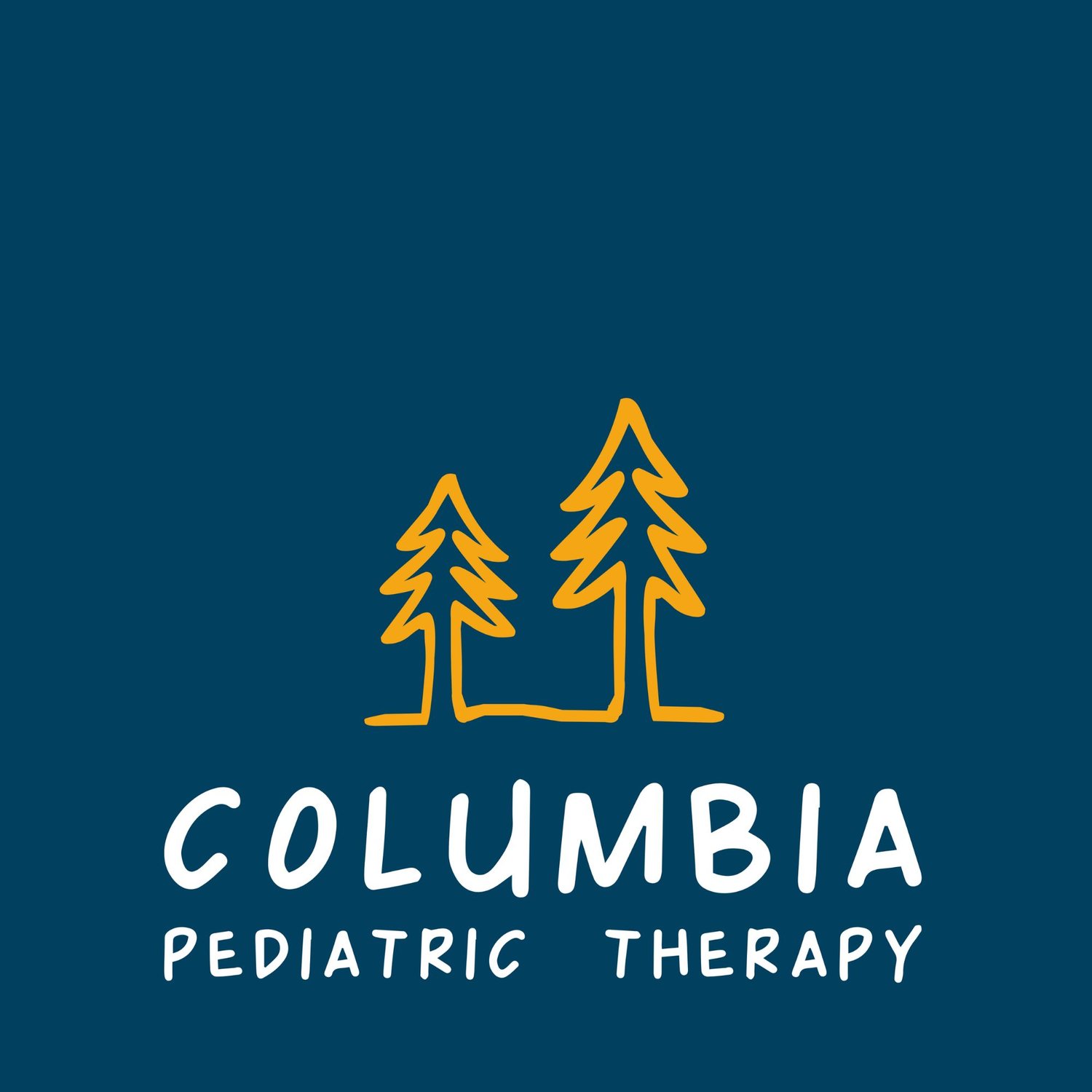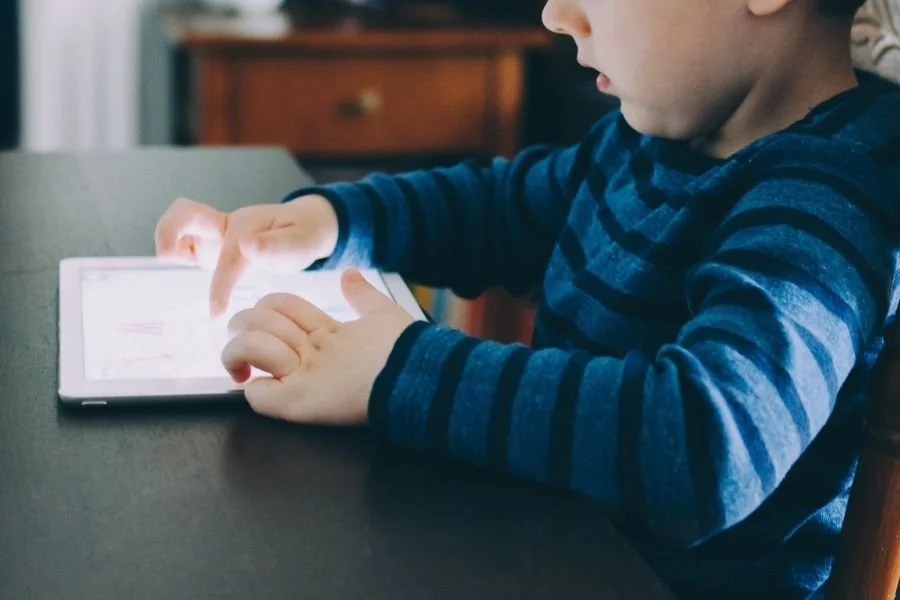All about AAC
Alternative and Augmentative Communication (AAC) refers to a range of communication methods used by individuals who are unable to effectively communicate using traditional spoken language. This can include individuals with disabilities, such as autism, cerebral palsy, and developmental delays, as well as individuals with speech and language disorders, such as severe apraxia of speech.
The goal of AAC is to provide individuals with the means to communicate their needs, wants, and thoughts, regardless of their ability to speak. There are a variety of AAC devices and technologies available, each designed to meet the specific needs and abilities of the individual.
Picture Communication Boards: Picture communication boards are a type of AAC device that use pictures or symbols to help individuals communicate. These boards can be simple or complex, and can be used to communicate a wide range of messages, from basic needs, such as "I want a drink," to more complex thoughts and emotions.
Speech Generating Devices: Speech generating devices are electronic devices that allow individuals to communicate through a synthesized voice. These devices typically use touch screens or buttons to select pre-recorded or programmed messages, or allow individuals to type or write their message using an on-screen keyboard.
Augmentative and Alternative Communication Apps: There are many AAC apps available for smartphones and tablets that allow individuals to communicate using a variety of methods, including symbols, pictures, text-to-speech, and voice recognition. These apps can be customized to meet the specific needs of the individual and are often portable, making them a convenient option for on-the-go communication.
Eye Gaze Technology: Eye gaze technology is a type of AAC device that allows individuals to communicate using eye movements. This technology is often used by individuals who have difficulty using their hands or who have severe physical disabilities.
It is important to note that the most effective form of AAC will vary from individual to individual, and it is important to work with a Speech Language Pathologist to determine the best type of AAC for each individual's needs.
Please reach out if you're interested in learning more, or wondering if this could be a good fit for your child. We are happy to help!


